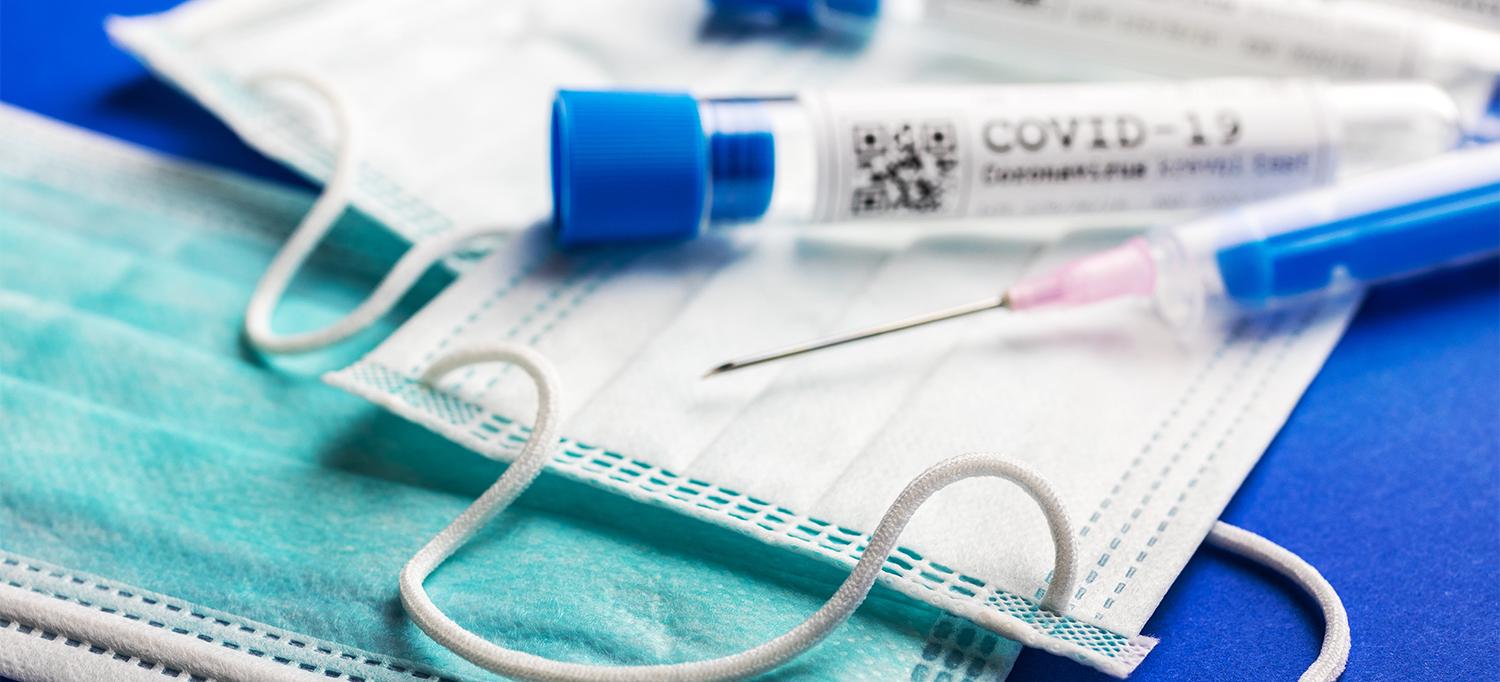
Photo: Michaela Dusikova/Getty
After a harsh winter of COVID-19 infections due to the Omicron variant, the pandemic appears to have slowed. Some jurisdictions are lifting certain mandates like mask wearing, social distancing, and proof of vaccination, and while this has been polarizing politically, it has also left many with questions. Why lift proof-of-vaccination requirements but keep vaccine mandates? What should we do with rapid tests, now that we finally have enough? Which policies are temporary, and which ones are here to stay?
Anna Bershteyn, PhD, assistant professor in the Department of Population Health at NYU Grossman School of Medicine, discusses what safety measures should remain, which should be applied in common situations, and what should be reserved for the most crucial times.
For example, getting vaccinated is an “always” measure, and if vaccination rates are high enough, some future waves of the virus might be avoided altogether. Other day-to-day precautions like staying home when sick and washing hands are great ways to stay healthy and should continue even when infection rates are down.
Mask mandates, proof of vaccination, limits on event sizes, and regular testing fall under “sometimes” measures. These may need to be instituted selectively if there is a spike in cases in a region or a variant of concern is discovered.
Some “rarely” measures will be reserved for the most serious scenarios. These include school and business closures, travel restrictions, and postponing non-emergency medical care. Instead of assuming these will never be implemented again, it is important to prepare for them if they become necessary in the future due to a particularly bad wave or if a variant like Omicron becomes dominant.
“For COVID, some measures will come and go, but thanks to all the knowledge accrued over the past two years, the overall map is finally becoming stable,” Dr. Bershteyn says. “It’s something we can finally wrap our heads around. Something we can prepare for. Something to help us stop arguing and start living a ‘new normal’ life.”
Read more from the New York Daily News.
